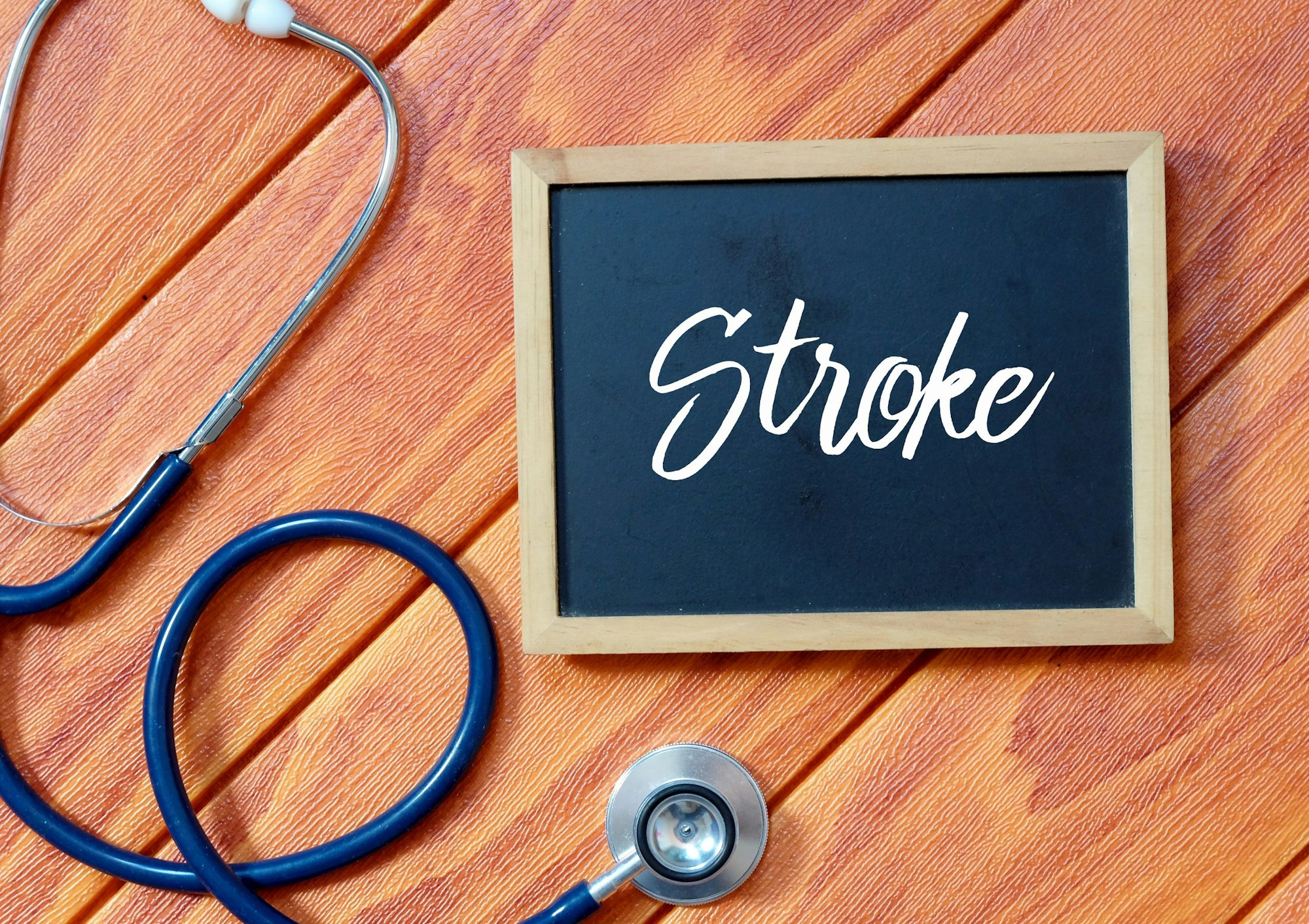Understanding Stroke: The Warning Signs and How to Prevent
By admin Published July 11, 2019

Did you know that strokes are the fifth leading cause of death in America and a leading cause of adult disability? However, not many people know what a stroke is and how to recognize when it is happening.
If you think you or someone else is having a stroke, call 911 immediately!
What is Stroke?
A stroke is a brain attack, it happens when blood flow to an area of the brain is cut off. Brain cells are deprived of oxygen and begin to die. A stroke can cause you to permanently lose speech, movement and memory.
There are two types of strokes, hemorrhagic and ischemic. A hemorrhagic stroke is either a brain aneurysm burst or a weakened blood vessel leak. An ischemic stroke occurs when a blood vessel carrying blood to the brain is blocked by a blood clot.
Strokes can happen to anyone, at anytime and recovery is a lifelong process. Nearly 800,000 people experience a new or recurrent stroke each year. So, how do you know if you are suffering from symptoms of a stroke?
Recognizing Stoke
F.A.S.T. is one of the easiest ways to identify the most common symptoms of a stroke. If you recognize these symptoms early and get treatment as soon as possible, it will likely lead to a better recovery.
FACE: Ask the person to smile. Does one side of the face droop?
ARMS: Ask the person to raise both arms. Does one arm drift downward?
SPEECH: Ask the person to repeat a simple phrase. Is their speech slurred or strange?
TIME: If you observe these signs, call 911 immediately.
Other stroke symptoms that can appear separately or in combination with F.A.S.T. signs include:
- Sudden numbness or weakness of face, arm or leg, especially on one side of the body.
- Sudden confusion, trouble speaking, or understanding.
- Sudden trouble seeing in one or both eyes.
- Sudden trouble walking, dizziness, loss of balance or coordination.
- Sudden severe headache with no known cause.
Preventing Stroke
There are many steps that you can take to lower your risk of having a stroke. Some factors that can affect your risk of a stroke are lifestyle, medical, and uncontrollable.
Lifestyle Factors: These are habits or behaviors people choose to engage in, such as eating habits, physical activity, smoking and drinking. By improving these factors you can lower your risk of having a stroke.
Medical Factors: High blood pressure, atrial fibrillation (AFib), high cholesterol, diabetes and circulation problems are all factors, but can be controlled.
Uncontrollable Factors: Some risk factors for stroke are simply not controllable. Such as age, gender, ethnicity, and family history. It’s important to understand these risks in order to determine your overall risk for stroke.
The Impact of Stroke
It is estimated that by 2030, 72 million people will be 65 and older. That being said it is important to learn the impact of stroke on certain populations and how they are affected.
Did you know that stroke risk for women is higher than men? Taking birth control pills, being pregnant, or using hormone replacement therapy, can heighten the risk of stroke in women.
Strokes don’t just affect older adults. Strokes can happen to anyone at anytime, including teenagers, children, newborns, and unborn babies. The risk of stroke in children is greatest in the first year of life and during the period right before birth to right after birth. Stroke remains among the top 10 causes of death in children.
Although strokes can happen to anyone at anytime, we believe knowing and understanding the warning signs, as well as keeping up with healthy habits will help to lower the risk of death and shorten the recovery time. As always, if you have any questions, don’t hesitate to reach out to your friends at the Carbondale Fire District.
